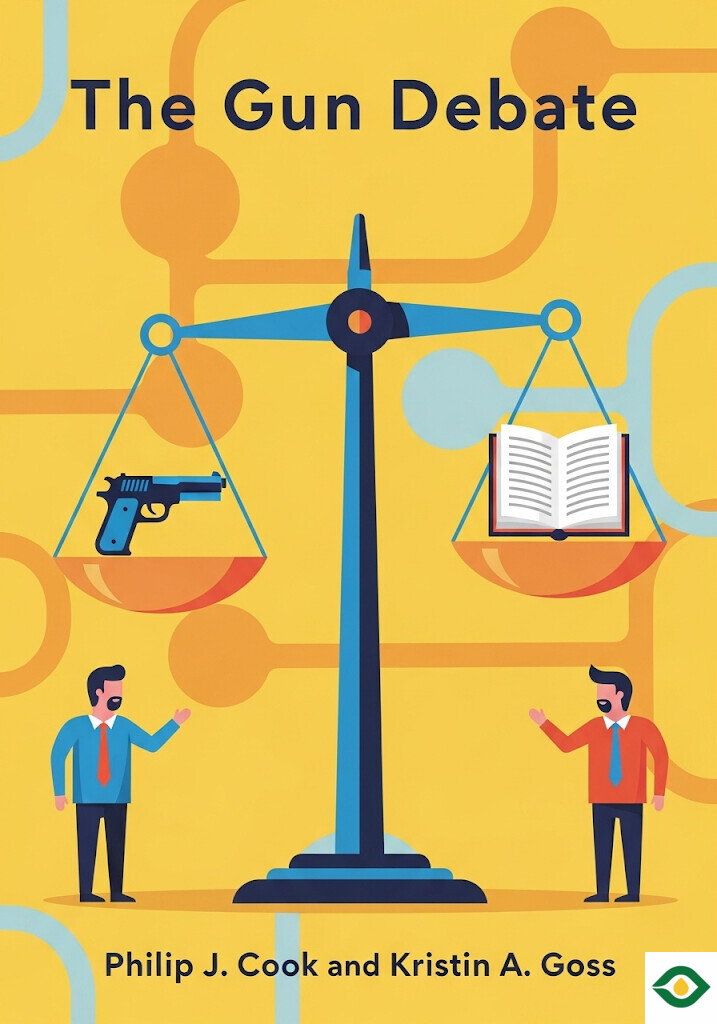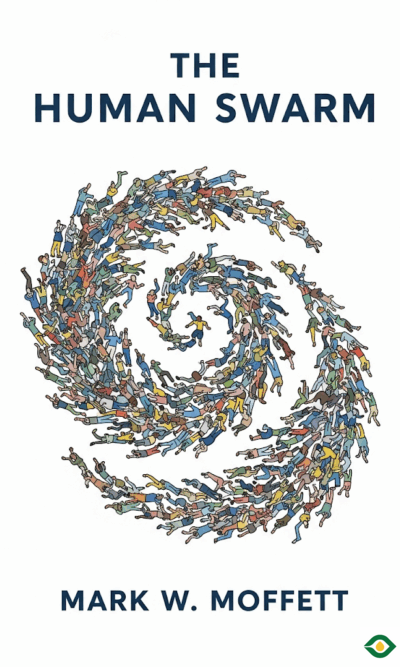Description
Guns have always been a powerful and emotional subject in the United States. The conversation around firearms sits at the heart of culture, politics, and personal identity. When mass shootings or violent crimes occur, the national discussion reignites with great intensity. On one side, people call for stronger laws to reduce harm. On the other, voices defend the constitutional right to bear arms as a cornerstone of liberty.
To understand this issue, it helps to begin with some facts. America has more civilian guns than almost any other developed nation. Surveys suggest that around one-third of households own at least one firearm. Although overall ownership rates have declined slightly, the number of guns in circulation continues to rise because many owners possess multiple weapons. A smaller group of people holds a large share of the total firearms, with some owning ten or more. The most common reasons for ownership are self-defense, recreation, and hunting.
The typical firearm owner is often described as male, middle-aged, and from a middle or upper-income background. Rural areas have higher rates of ownership than urban ones, partly because of hunting traditions and open spaces for shooting sports. Those raised in households with guns are also much more likely to become owners themselves.
Firearms in civilian life fall into two main groups: long guns, like rifles and shotguns, and handguns, such as pistols and revolvers. Long guns are more associated with hunting, while handguns are often linked to personal protection. In crimes, handguns are used far more frequently than rifles or shotguns. Some firearms resemble military weapons, with large magazines capable of holding dozens of rounds. These are often referred to as assault weapons. Federal laws once restricted their sale, but since 2004 regulation has largely been left to the states.
The human toll of firearms is staggering. Roughly 30,000 Americans die from gun-related causes each year. These deaths include homicides, suicides, and accidental shootings. To put that into perspective, in just three decades, more than one million Americans lost their lives to firearms—more than all U.S. military combat deaths combined across history.
Supporters of widespread gun ownership argue that firearms provide protection. They point to the Second Amendment of the Constitution, which guarantees the right to bear arms, and insist this right should not be restricted by heavy-handed laws. They also highlight cases of self-defense. Research shows that when firearms are used to fight off an attacker, victims are slightly less likely to be injured compared to those who resist without weapons. Some believe that the presence of armed citizens makes communities safer by discouraging crime, though studies have offered conflicting results on this point.
For many, guns also symbolize freedom. Some Americans argue that an armed population serves as a check against government power. This idea dates back to the Revolutionary War, when citizen militias resisted British authority. In modern surveys, a significant number of people, especially among conservative groups, have expressed belief that armed citizens might one day be needed to preserve liberty.
But the arguments for stronger restrictions are equally powerful. The loss of life is the most direct and devastating cost. Firearms turn arguments, disputes, and impulsive acts into deadly events. Domestic fights are far more likely to end in fatalities when a gun is present. Suicide attempts become much more lethal when carried out with a firearm. Even accidental shootings claim hundreds of lives each year, while tens of thousands more are injured.
Mass shootings are a uniquely American tragedy. Although definitions vary, they usually involve four or more victims. These attacks in schools, churches, and other public spaces have increased over the decades. The ease of obtaining assault-style weapons and large-capacity magazines is often cited as a key factor. Gun-control advocates argue that stronger federal regulations, thorough background checks, and limits on military-style firearms could help reduce the frequency and scale of these events.
Beyond the loss of life, firearms can erode communities in other ways. In areas plagued by gun violence, businesses struggle, property values fall, and tax resources are diverted from education and infrastructure to policing and emergency care. These indirect costs shape the quality of life for entire neighborhoods.
Gun laws in the U.S. are a patchwork of federal and state measures. On the national level, convicted felons, minors, and people considered dangerous are barred from buying guns. Fully automatic weapons are tightly restricted, and carrying guns in federal buildings or on airplanes is illegal. Over the decades, Congress has passed important laws, such as the National Firearms Act of 1934, the Gun Control Act of 1968, and the Brady Act of 1993, which required background checks. Still, many regulations expire, get rolled back, or vary greatly between states.
States hold considerable authority in shaping firearm laws. Some states have strict licensing requirements, bans on assault weapons, and rigorous background checks. Others allow easier access with fewer restrictions. As a result, the legality of owning or carrying certain types of firearms depends heavily on where one lives.
Public opinion shows both conflict and consensus. Most Americans support at least some level of gun regulation, such as background checks. At the same time, nearly half of Americans believe protecting gun rights is just as important, or even more important, than tightening laws. This duality reflects the depth of the cultural divide.
When comparing firearms to other risks, the debate becomes even more complex. Cars and prescription drugs also cause tens of thousands of deaths annually. Society has chosen not to ban them but instead to regulate their use and improve safety. Advocates for balanced gun policies suggest that similar approaches could work for firearms—measures that respect individual rights while reducing preventable harm.
The gun debate, at its heart, is about balance. It is about weighing the right of an individual to own a firearm against the safety of the broader community. For some, guns are tools of security, tradition, and identity. For others, they represent a danger that tears families and communities apart. No single policy will satisfy every concern, but the conversation continues because the stakes are so high.
Guns are more than objects of metal and ammunition; they are symbols of freedom for some and of fear for others. They represent the tension between liberty and security, between personal responsibility and collective well-being. Until Americans find common ground, the debate will remain one of the most emotional and polarizing issues in the country.





